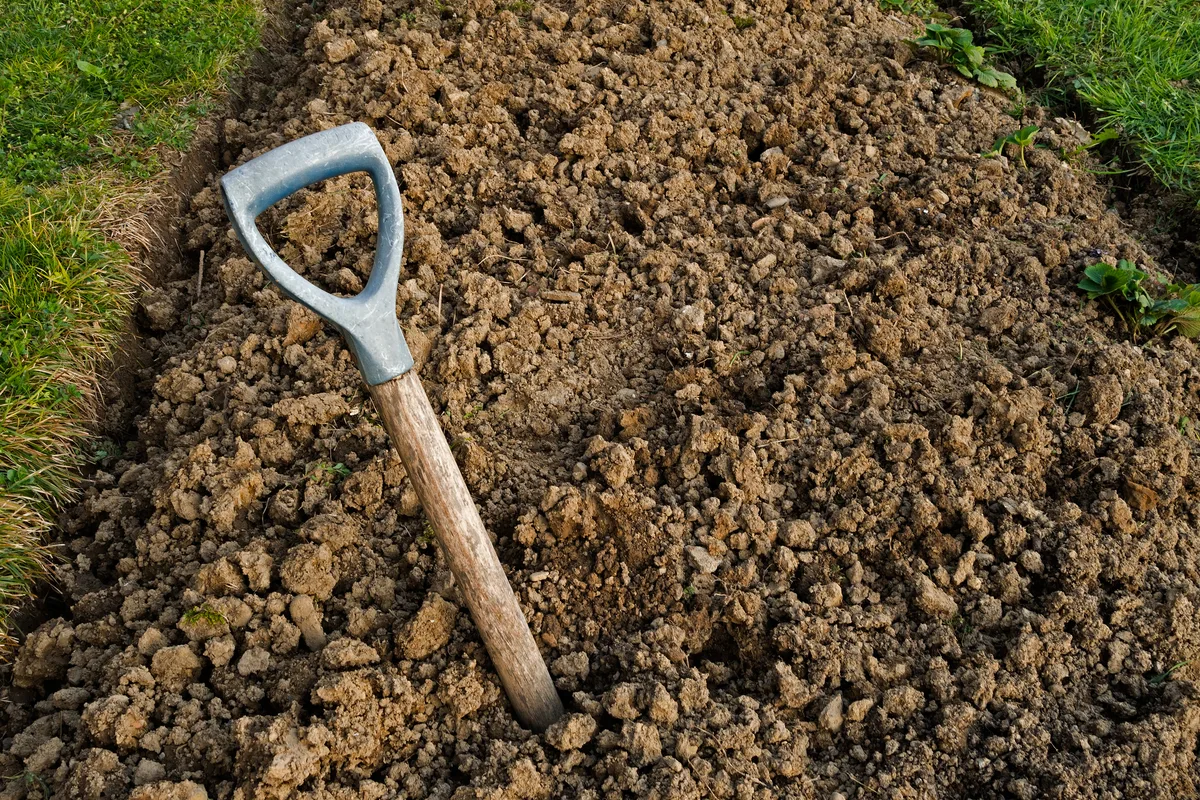
The type of soil you have in your garden will have a big impact on the plants you are able to grow. One common soil type is clay, or heavy clay.
When some gardeners see clay soil – they run a mile.
And clay soil certainly does bring its challenges. But manage and improve it correctly, and choose the right plants, and you can definitely still have a delightful and successful garden.
My own garden has a neutral to slightly acidic clay-loam soil. So this is a soil type I know well.
I am lucky to have a loam soil – ideal for gardeners and growers.
But I am also familiar with the challenges that gardening in clay soils can bring, since my soil does share some of the characteristics (good and bad) that are experienced by those with an even more clay-rich soil.
In this article, I will list 100 plant suggestions for clay soils – trees, shrubs and climbers, annual fruits/ vegetables for clay, and flowering perennials for this soil type.
But before we get to that, let’s take a quick look at the basics.
Do You Have Clay Soil?
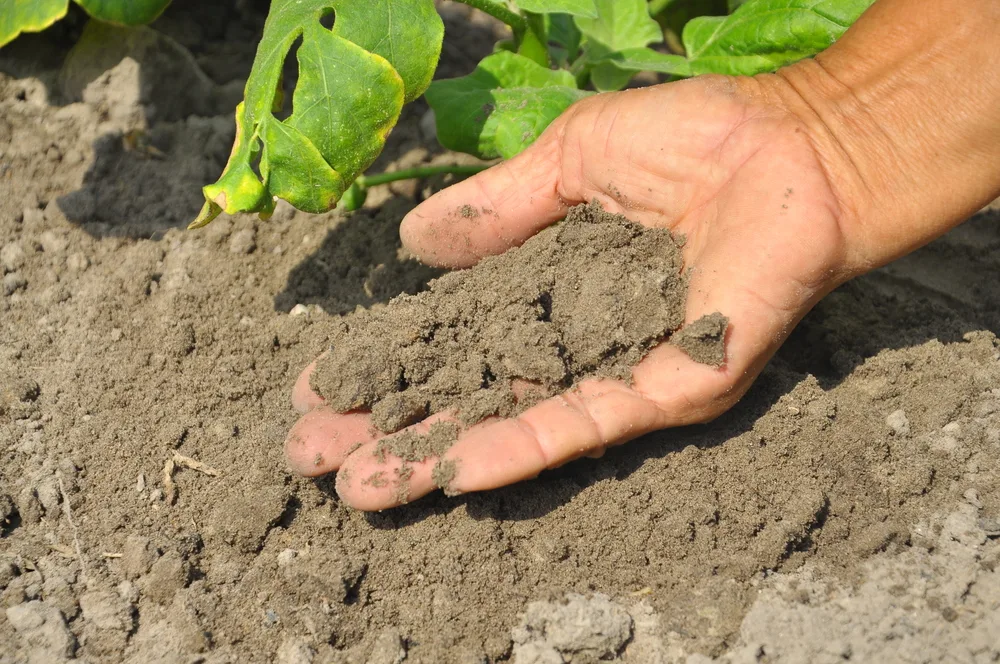
The first thing is to determine whether or not you actually have clay soil.
Knowing your soil is essential if you are to manage and improve your soil correctly. It is also, of course, essential when choosing plants.
Clay soil has particles that are less than 0.002mm in size. This distinguishes it from other soil types, like silt and sandy soil, for example, which have larger particles.
There are a number of different ways to determine whether or not you have clay soil where you live.
Get a Soil Test Done
Firstly, you could consider having a soil sample taken and getting a professional scientific test done.
The benefit of taking this approach is that you cannot only find out your soil type, but also other information about its pH level, its nutrient profile, and whether it contains contaminants.
But for most home gardeners, getting a soil test done is not really necessary.
Careful observation will usually tell you what you need to know about your soil type.
Test Soil Yourself
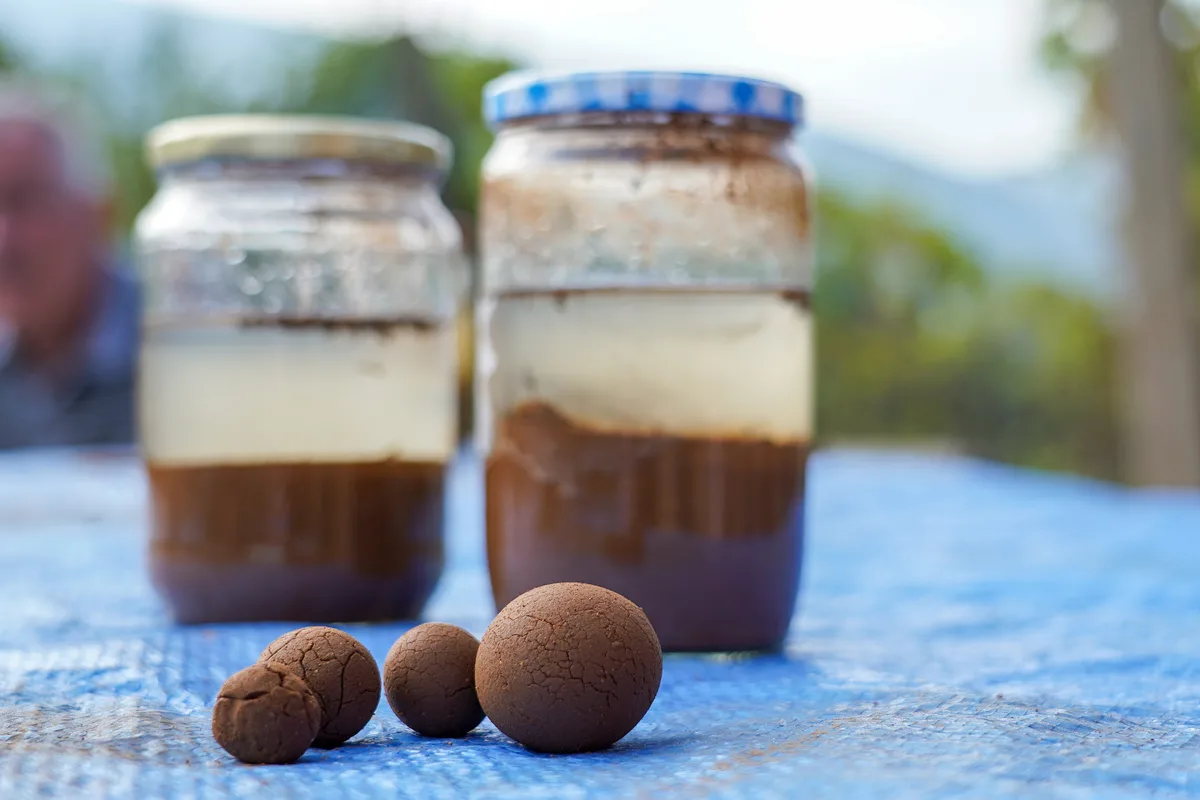
Take a handful of soil, add some water. If you can roll the mixture into a ball, then into a bendable sausage shape with your hands, then your soil has a high proportion of clay in it.
Another way to learn about your soil is to put some into a jar with water.
Leave it for a day or so, or overnight, and the different sized particles/minerals will stratify.
You should be able to see layers forming in the jar.
Larger sand particles and small rocks settle to the bottom, while larger clay particles will settle closer to the top.
If the layer of clay particles in your jar is much thicker than the other layers, then you can determine that you have a predominantly clay soil.
Look Out For Tell-Tale Signs
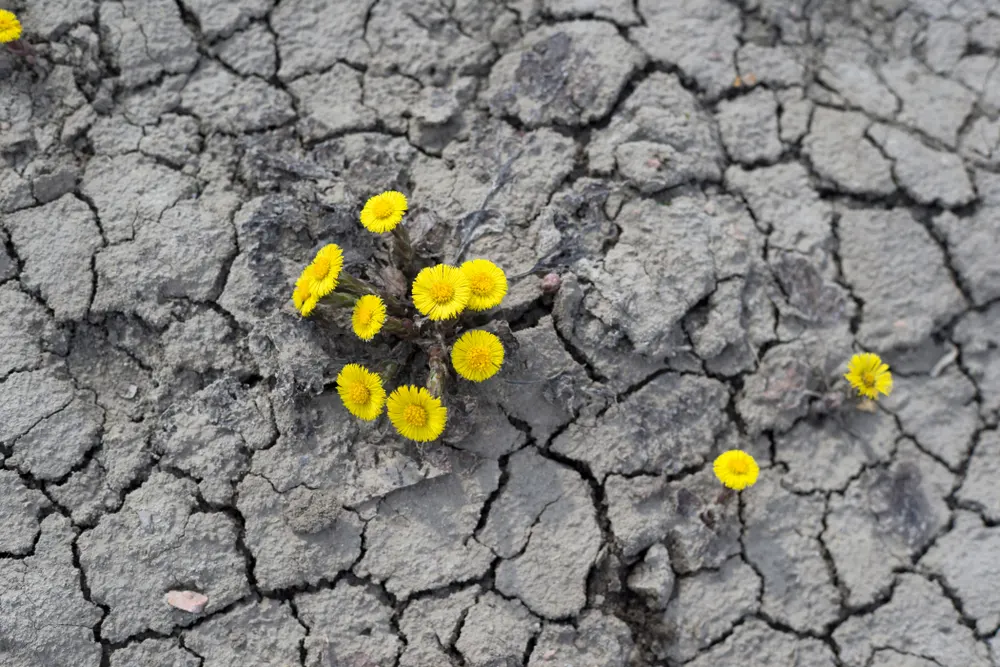
If you have clay soil, you can also see this by looking at your garden over time. Look out for:
- Puddles that remain in your garden for a long time after heavy rains. Or for boggy/ waterlogged ground that remains sodden for long periods.
- Soil that becomes hard and develops cracks or fissures after long dry periods.
- Soil that is dense and difficult to dig.
Observing the weeds and other plants already growing in your garden can also tell you a lot about your soil.
When it comes to weeds, the following will tend to flourish in clay soil:
- Dandelions
- Plantain
- Chicory
- Horse nettle
- Coltsfoot
- Mouse-ear chickweed
- Morning glory
- Knotweed
- Quack grass
- Bermuda grass
So if you have a lot of these, this could be another indicator that you have a large proportion of clay in your soil.
The Good and Bad Points of Clay Soils
Clay soils can be challenging because of their dense, heavy texture. The characteristics of clay soil unfortunately mean that it:
- Is more prone to waterlogging and muddiness.
- Can have more of a problem with compaction than other soil types.
- Does not incorporate water as quickly or easily, so run-off can be a problem.
- Freezes more readily in winter.
- And is much slower to warm in the spring.
- Is heavy, and harder to dig/ work than other soils. (Though this should not often be an issue in a ‘no dig’ garden.)
But clay soil does have one massive advantage – it is incredibly fertile, and contains and retains more nutrients than other types of soil.
So when you manage and improve clay soil correctly, and choose the right plants, it can actually be one of the best types of soil to have in your garden.
5 Ways To Improve Clay Soil
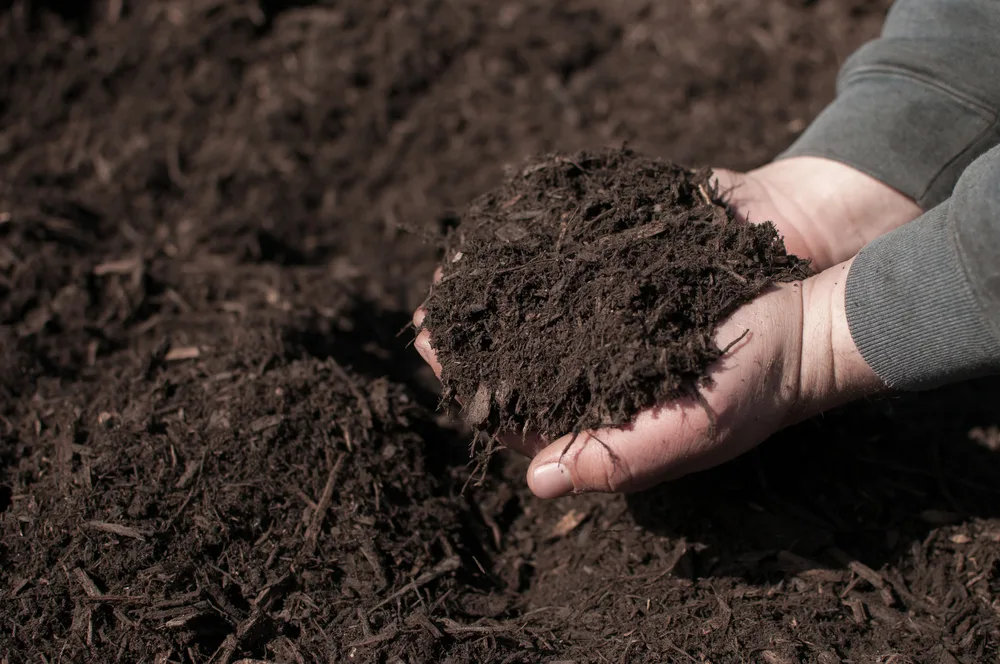
Clay soil will always have certain limitations but by taking the right approaches and gardening in the right ways, you can make sure those limitations don’t get in the way of creating a great garden.
Over time, you can begin to turn your heavy clay soil into a rich yet freer draining loam, and increase the range of plants that you are able to grow.
1. Take a No Dig Gardening Approach
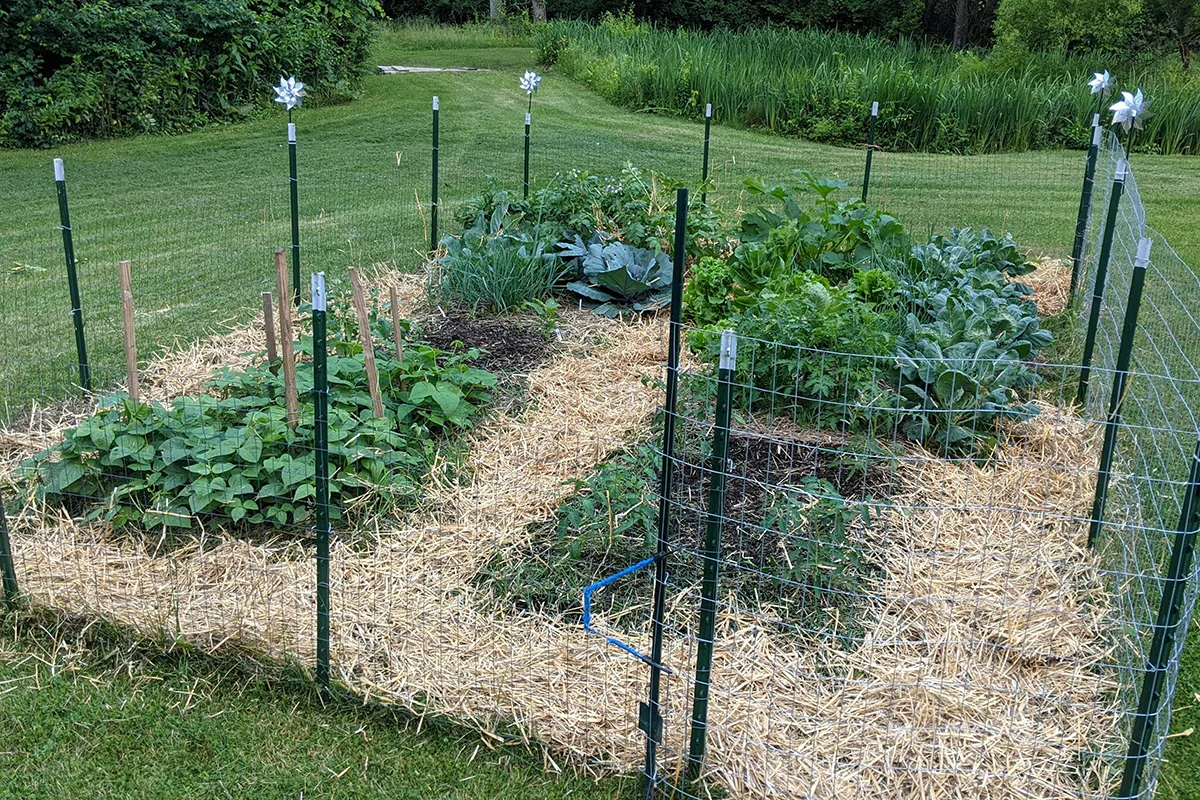
With a clay soil garden, taking a ‘no dig’ gardening approach is a brilliant idea.
Disturbing the soil as little as possible can help avoid issues with compaction, keep it healthy, and save you a whole lot of back-breaking work too.
2. Add Organic Material
In a no dig garden, you won’t take the traditional route and dig organic matter into the soil.
Instead, you will lay material on top of the soil and let the bacteria, fungi, earthworms and other soil life do the work to incorporate it.
Especially when you have a heavy clay soil, adding organic material should be a top priority. Increasing the amount of organic matter in the soil will help improve soil texture.
It will also allow it to drain more easily.
And laying mulches on the soil surface will help to avoid issues with run-off in wet weather, and prevent the soil from drying out and cracking when the weather is warm and dry.
It can also help reduce freezing in winter, and potentially allow soil to warm up more quickly in spring.
3. Manage Water Effectively in Your Garden
Managing water in your garden goes hand in hand with taking care of the soil. If you have a big problem with waterlogging, earthworks could help you manage this problem more effectively.
For example, you might make land drains, vegetated swales, rain gardens or ponds to handle excess water.
(One benefit on a heavy clay site might be that you can make a pond or water reservoir without needing a liner, since the clay may hold the water in place.)
Planting also plays a very important role in water management in your garden. It is particularly crucial in a clay soil site. You should:
- Plant ‘thirsty’ trees and shrubs to sup up excess water from the soil.
- Including plenty of deciduous trees, shrubs and herbaceous perennials that will provide sources of organic matter.
- Add plenty of plants in general to soak up and store water, and avoid bare soil.
- Utilise deep rooted plants (such as comfrey, for example) to open up channels down through the subsoil. This can help with drainage of the clay topsoil layer.
If flooding/ waterlogging is particularly bad, creating raised beds in the area could be the best solution.
4. Avoid Compaction
Plants with strong roots will also help to break up and aerate heavy clay soil and avoid compaction.
If you have clay soil, compaction can be a particular problem for you.
In addition to choosing the right plants, other important ways to avoid compaction include taking care of water, and making sure you do not trample or compress the soil in your growing areas.
5. Protect Your Clay Soil Over Winter
Winter is the most difficult time for clay soils. This is when they are most likely to become waterlogged, compacted or frozen.
But you can protect your soil over winter by planting winter green manures. These protect the soil and also give you more organic matter to chop and drop in spring.
To keep your growing efforts going all year round, you could also consider covering growing areas with a greenhouse or polytunnel.
This will keep off heavy rains, snows and frosts.
The Best Plants for Clay Soils
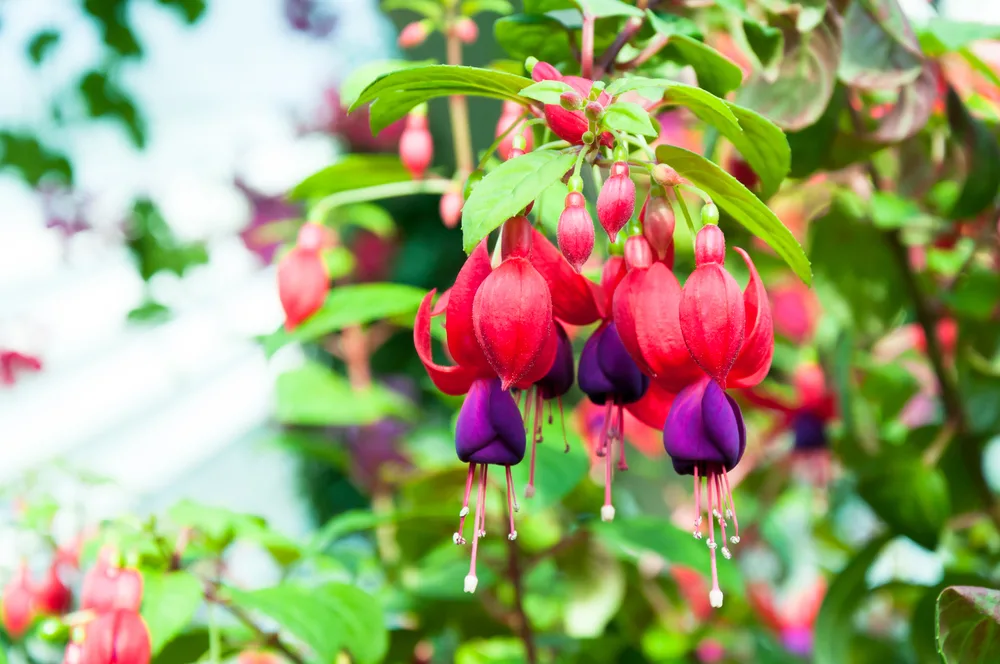
Before I list some of my top picks for clay soils, it is worthwhile pointing out that soil type is only one of the factors that you should consider when choosing plants for your garden.
Gardens with clay soil can, of course, vary very widely in their other characteristics. You will of course need to take your climate and the microclimate of your garden into account.
You’ll also have to consider soil pH, and how extreme the clay soil you have is. The closer it is to a loam, and the less heavy and dense the clay, the wider the range of plants that you will be able to grow.
Not all of the plants on the list will be suitable for the conditions in your garden, nor necessarily for where you live.
But on this list, you should be able to find at least some options that will suit.
25 Trees for Clay Soils
Certain fruit trees, including:
- Apple Trees
- Crabapple Trees
- Pear Trees
- Quince
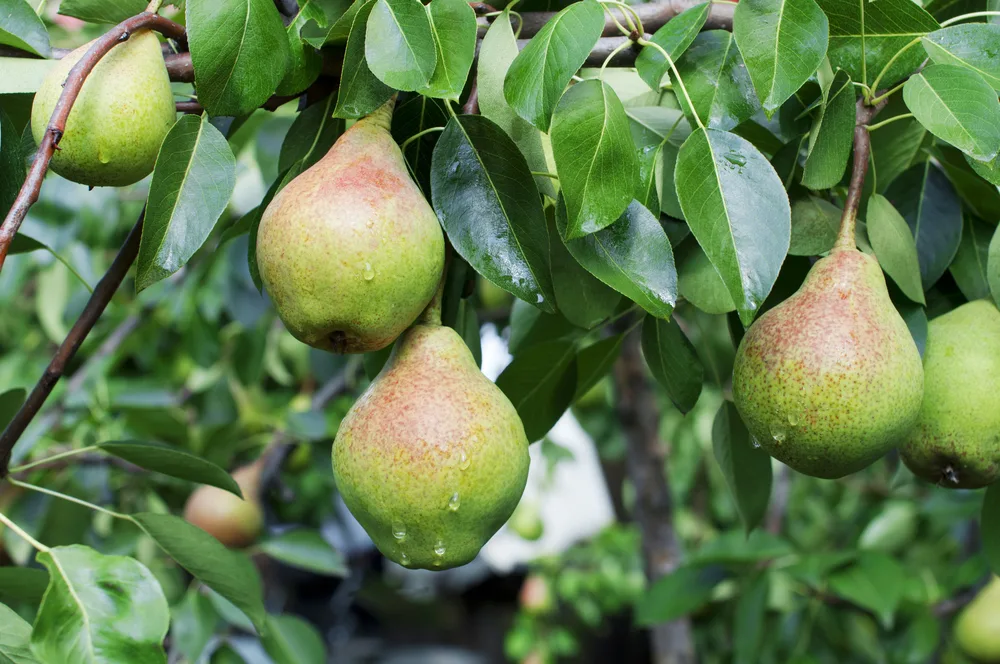
- Medlars
- Certain Prunus varietals (plum and cherry etc.)
- Elderberry
- Serviceberry (Amelanchier)
- Arbutus unedo (strawberry tree)
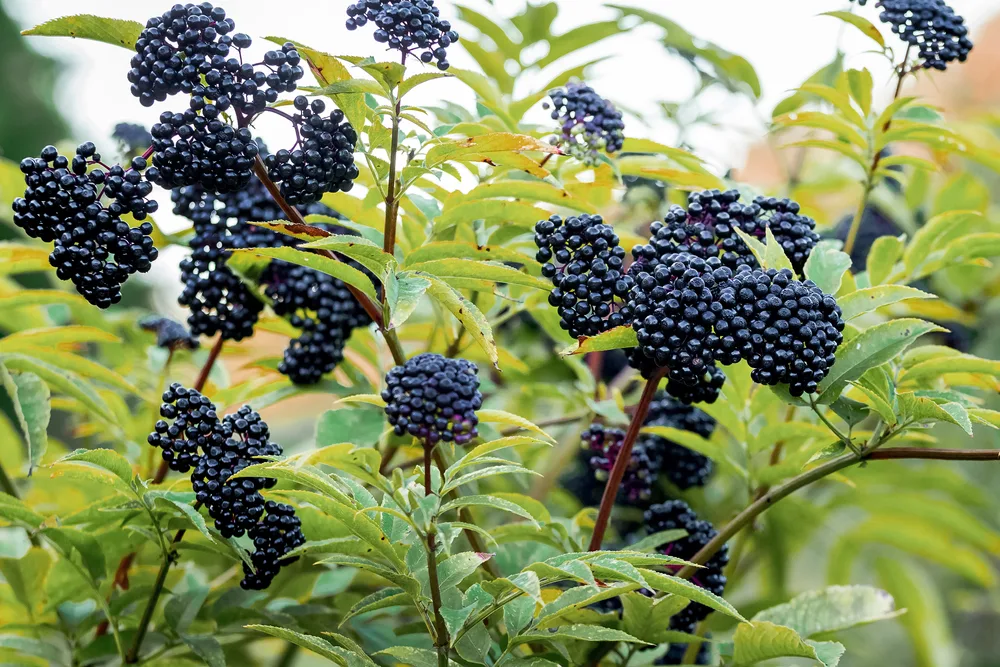
Also:
- Many oaks
- Birch
- Ash
- Rowan/ Mountain Ash
- Acer
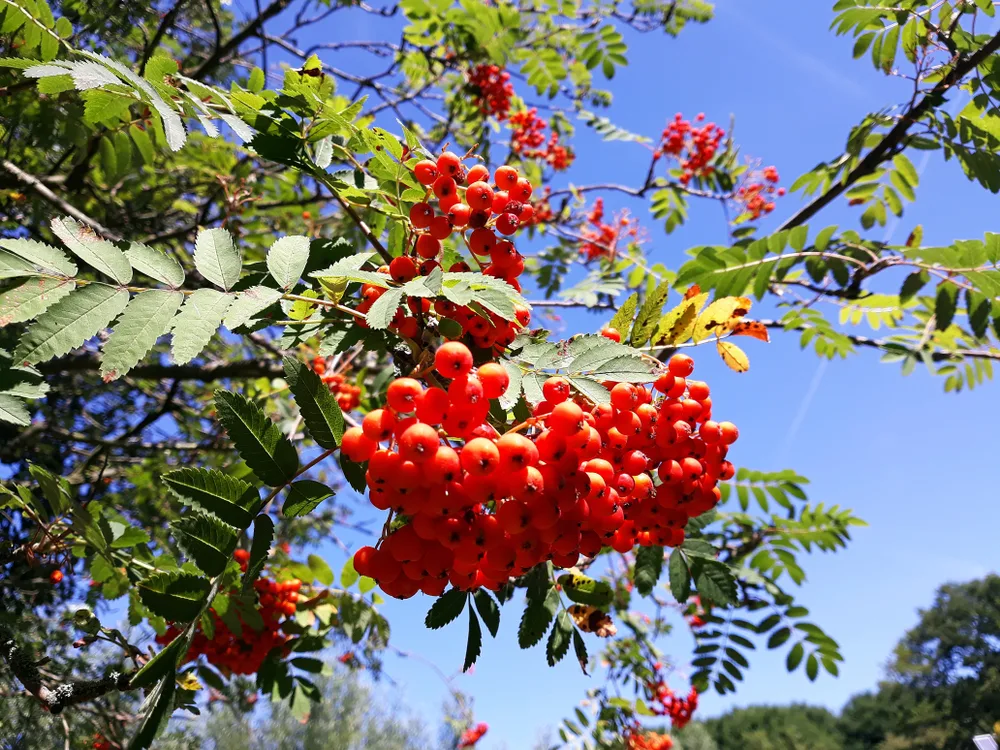
- Alder
- Aspen
- Magnolia
- Hawthorn (Crataegus)
- Laburnum
- Holly
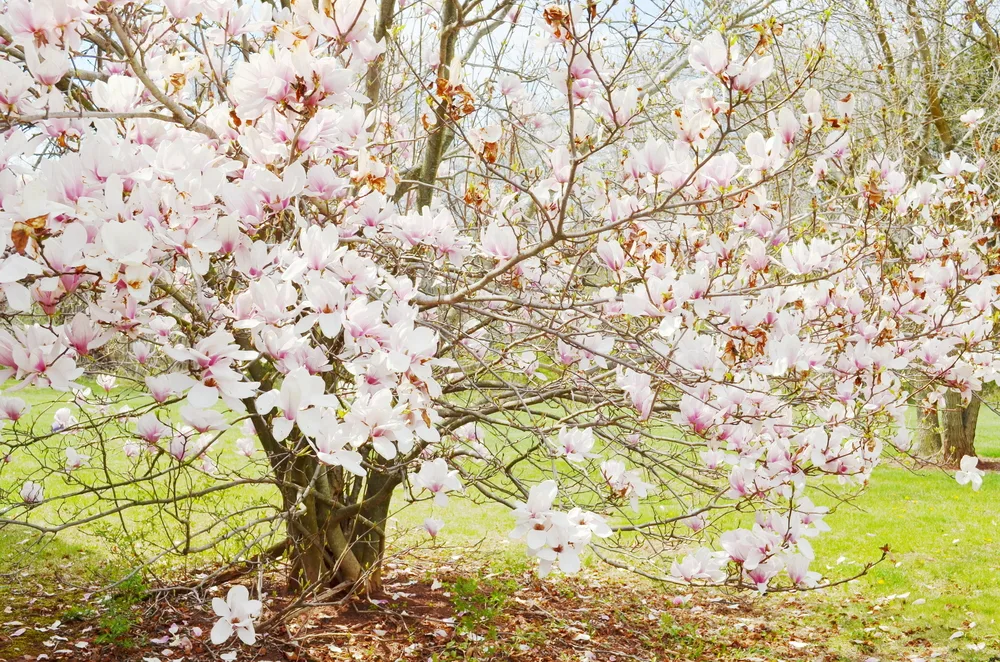
- Eucalyptus pauciflora (snow gum trees)
- Pines
- Juniper
- Thuja
- Chamaecyparis
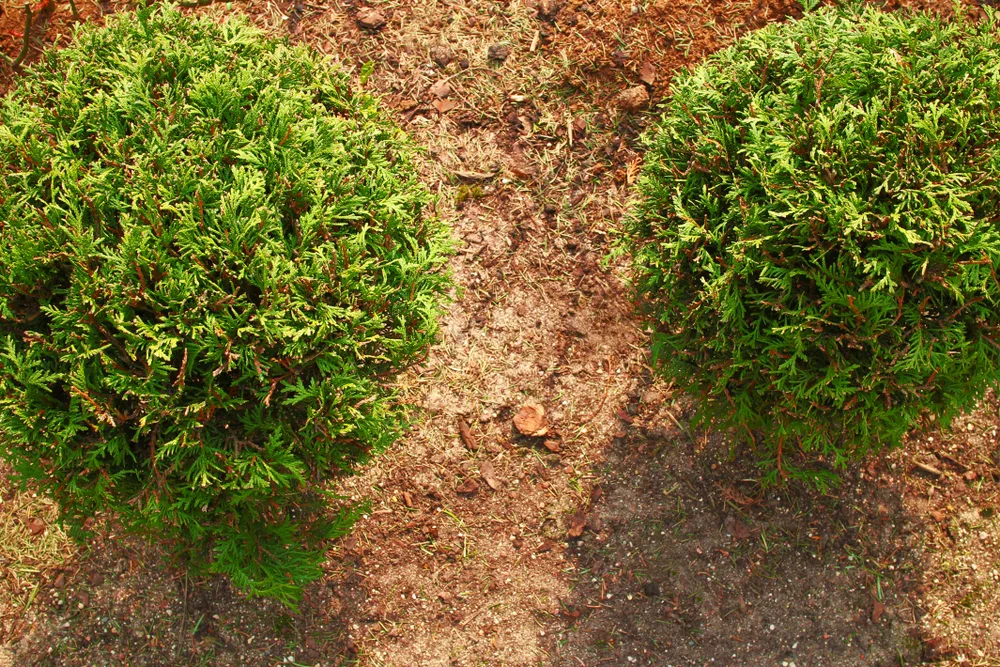
25 Shrubs and Climbers for Clay Soils
- Roses (a wide variety)
- Berberis
- Lilac
- Euonymus
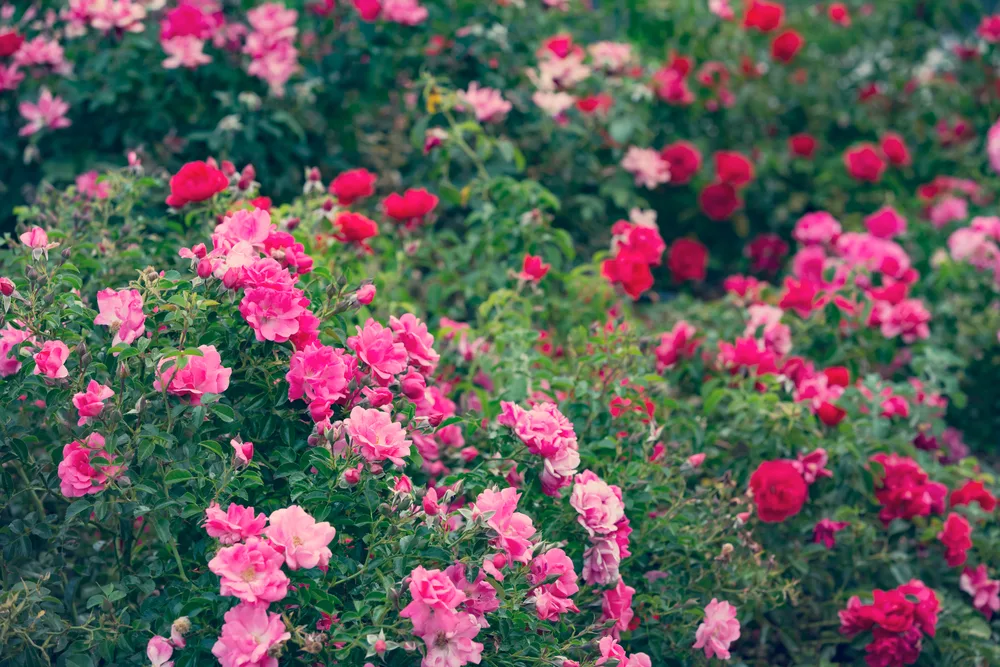
- Flowering Quince
- Mahonia
- Viburnums
- Fuchsias
- Hydrangeas
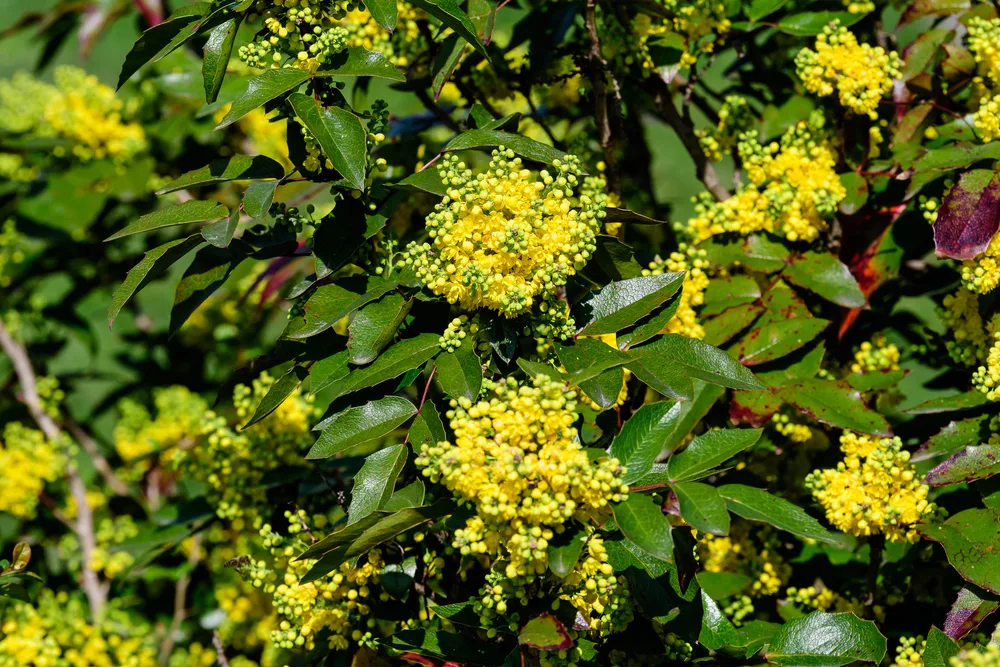
- Aronia
- Ribes sanguineum (flowering currant)
- Forsythia
- Potentilla
- Weigela
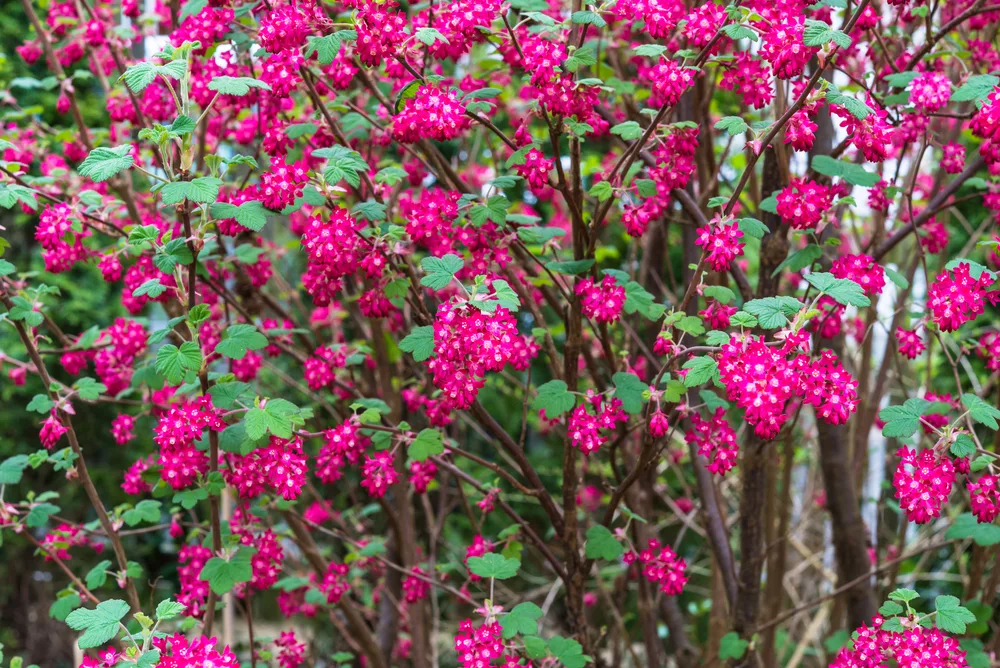
- Diervilla
- Cornus (dogwood)
- Leycesteria formosa
- Cotoneaster
- Pyracantha
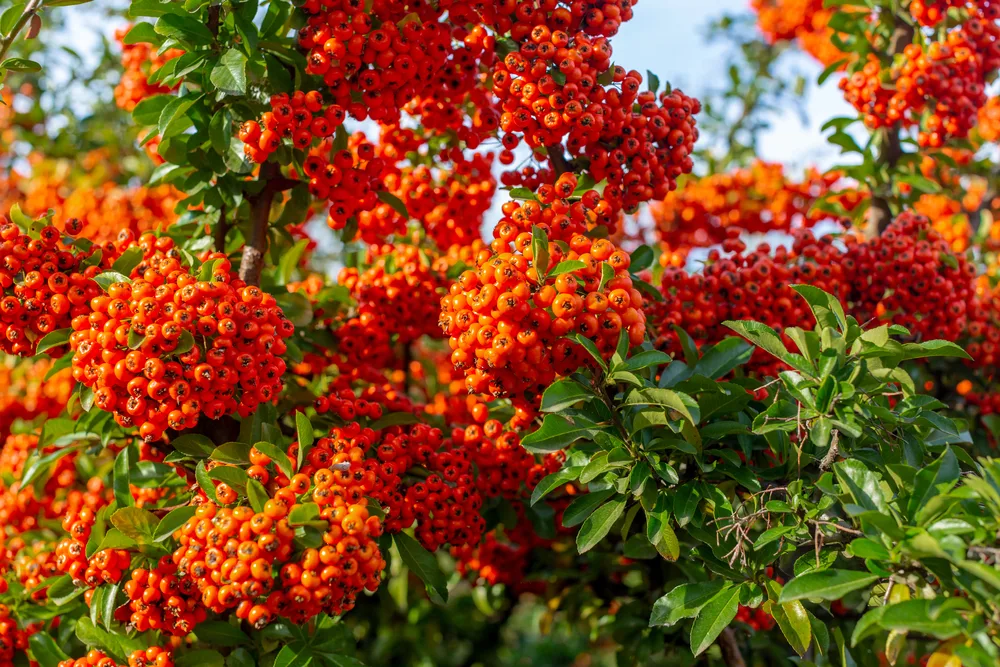
And climbers/ wall shrubs such as
- Ivy
- Various clematis
- Honeysuckle
- Garrya elliptica
- Golden hops
- Rose filipes
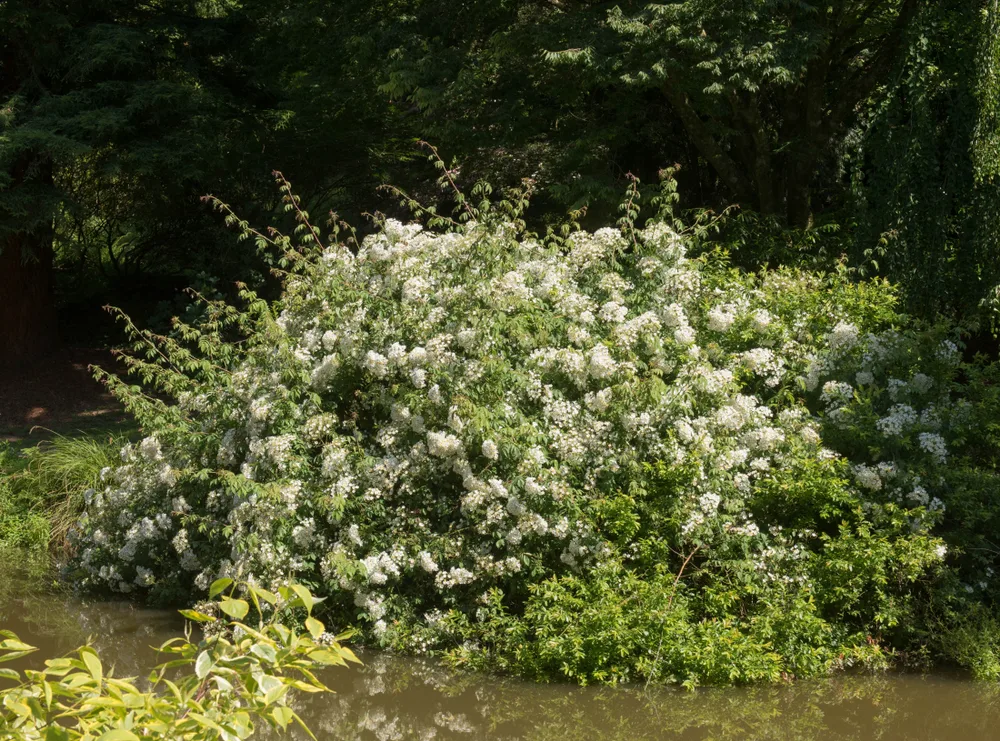
20 Fruits, Vegetables & Other Edibles for Clay Soils
Shallow rooted leafy crops which benefit from clay soil’s ability to retail water in the topsoil. For example:
- Lettuce
- Spinach
- Chard
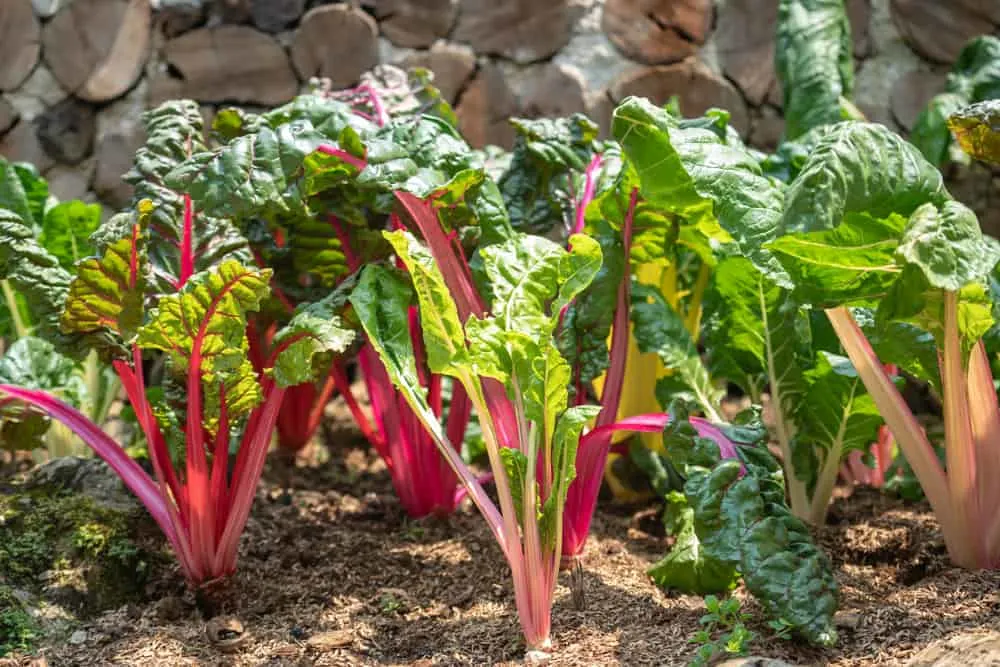
Brassica crops tend to do well in clay because they like to be firmly anchored, and clay soil’s structure allows this. Brassicas include:
- Cabbage
- Broccoli
- Cauliflower
- Kale
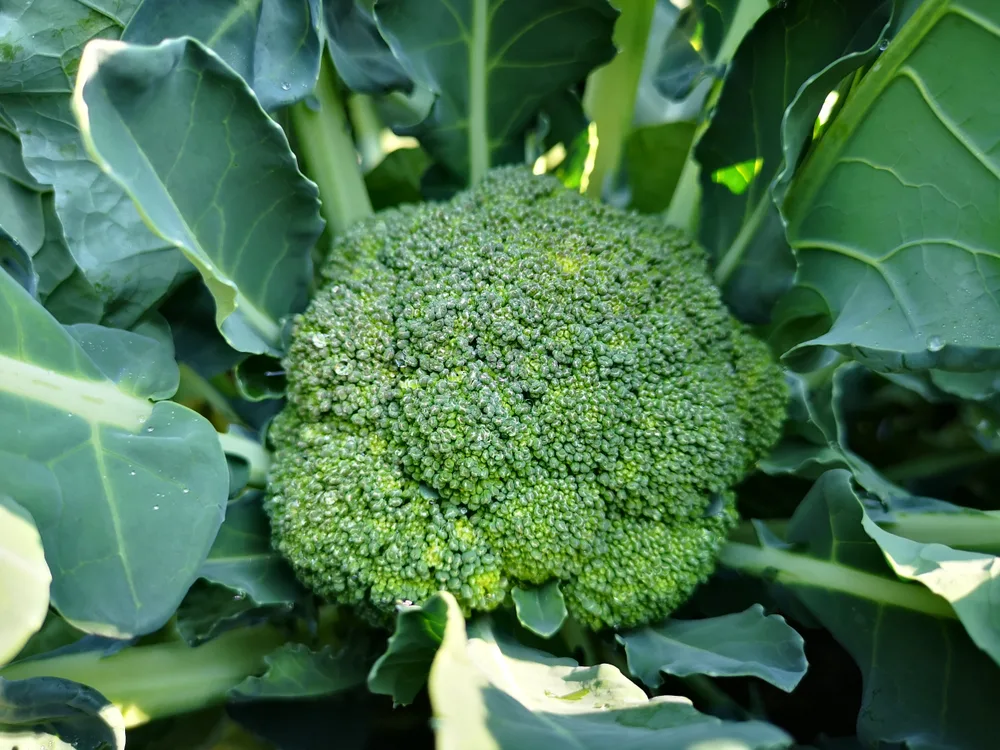
- Brussels sprouts
- Kohlrabi
- Turnips
- Mustard
(Mustard can also be a beneficial green manure, which can help in adding organic matter to improve aeration and drainage in heavy clay soils.)
Plants with deep roots, that break up the clay soil with their roots. For example:
- Fava beans
- Alfalfa
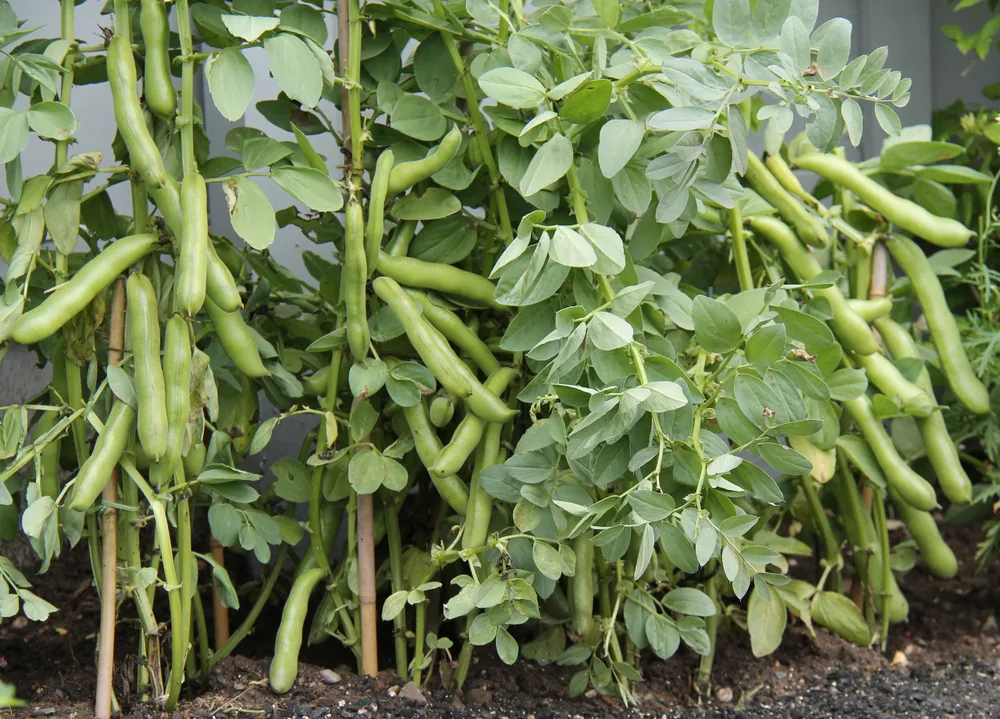
Roots and tubers that also help to reduce soil compaction and break up the clay, such as:
- Potatoes
- Daikon radishes
Hungry crops will benefit from the nutrient rich clay soil types. Examples of crops that will like a rich clay soil include:
- Squash
- Zucchini
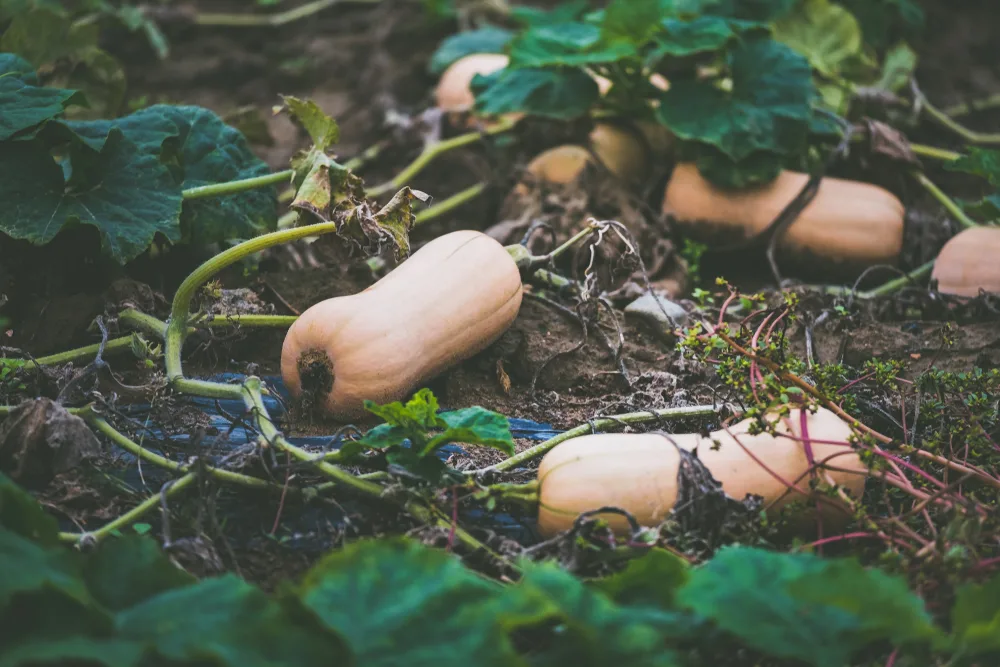
Other edibles that do well in clay soil include:
- Bush beans
- Pole beans
- Peas
30 Flowering Perennials For Clay Soil
- Comfrey
- Hostas
- Heuchera
- Anemone x hybrida
- Aster
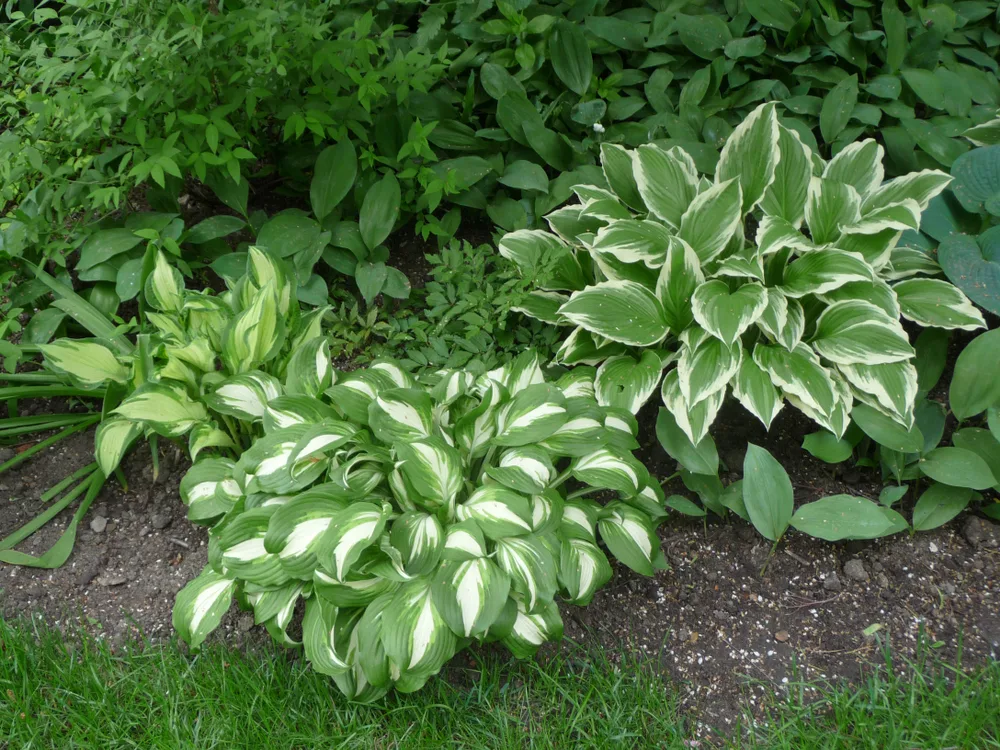
- Geranium
- Iris
- Miscanthus
- Bergenia cordifolias
- Rudbeckia
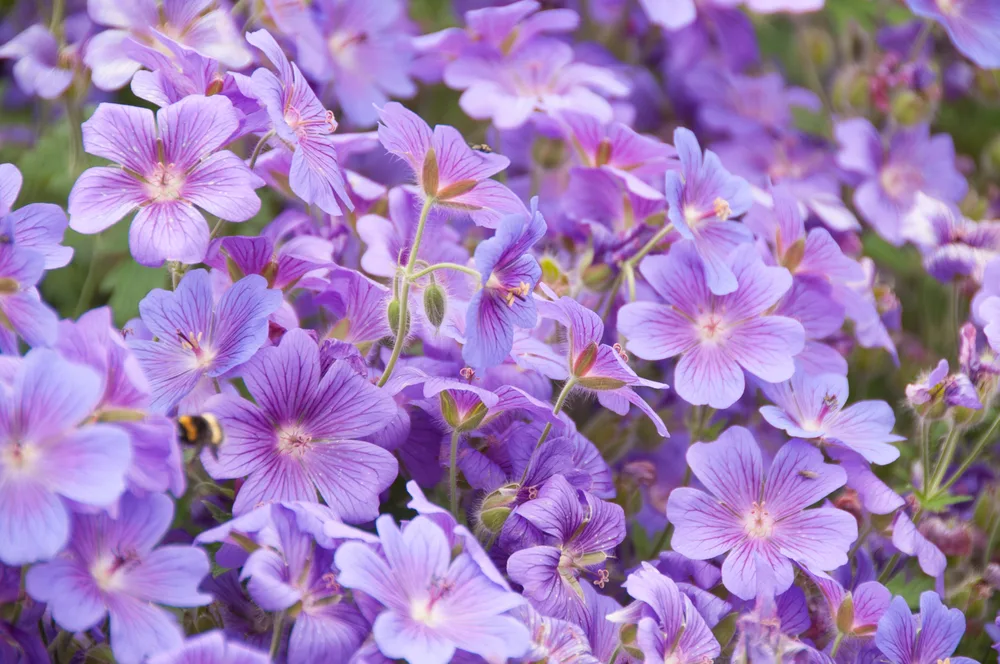
- Monarda (bee balm)
- Astilbe
- Campanula
- Buddleia
- Day lily
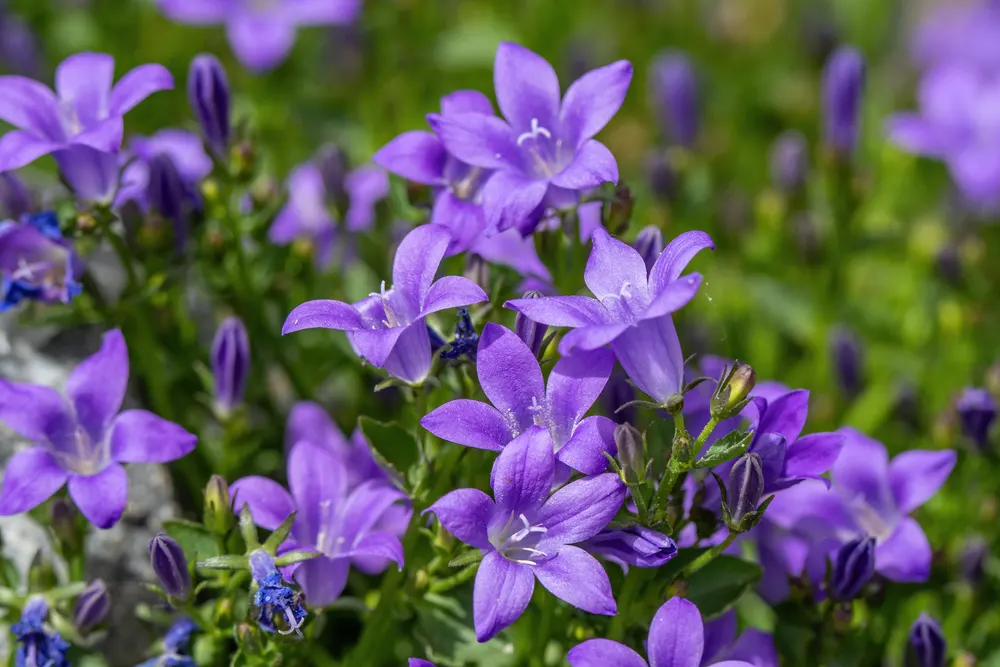
- Aster
- Echinacea
- Geum
- Helenium
- Hepatica
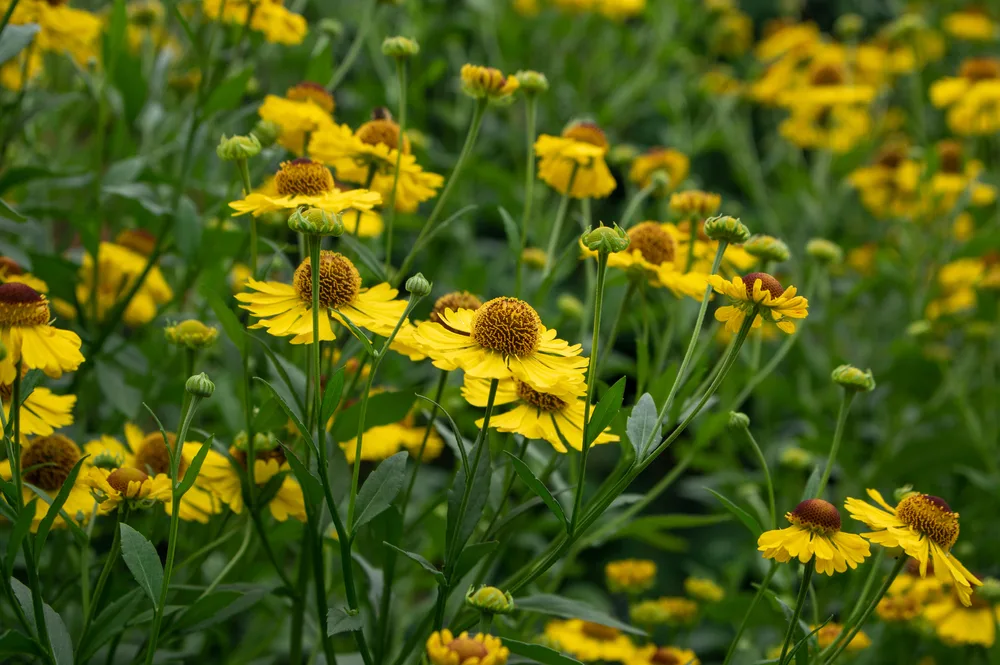
- Joe Pye Weed
- Spigelia marilandica
- Lungwort
- Ox-eye daisy
- Phlox
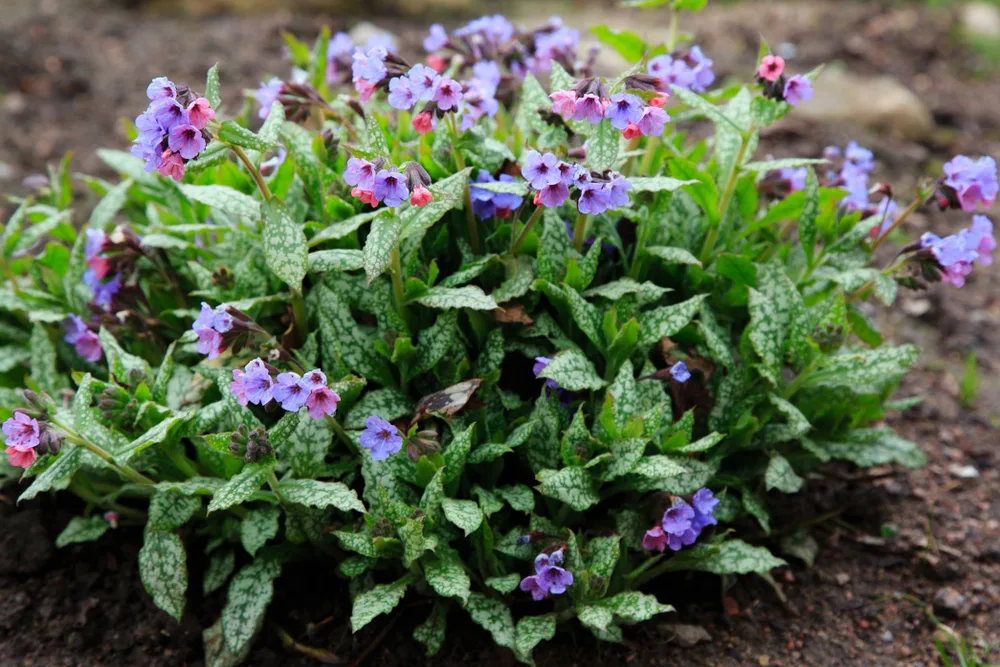
- Sedum
- Rose Campion
- Solomon’s Seal
- Meadow rue
- Persicaria
- Liatris
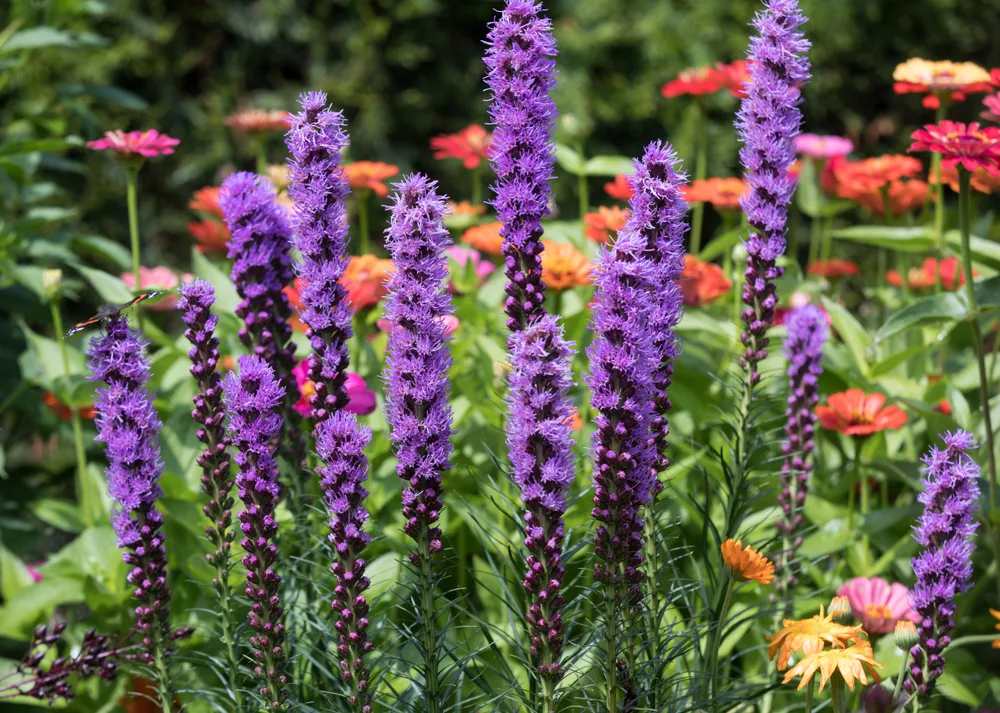
The list above is by no means exhaustive. Clay soil, especially that which is managed and improved, can support and sustain a huge range of different plants.
So, though clay soil is not always ideal, you should still be able to create a beautiful and productive outside space.

Get the famous Rural Sprout newsletter delivered to your inbox.
Including Sunday ramblings from our editor, Tracey, as well as “What’s Up Wednesday” our roundup of what’s in season and new article updates and alerts.

